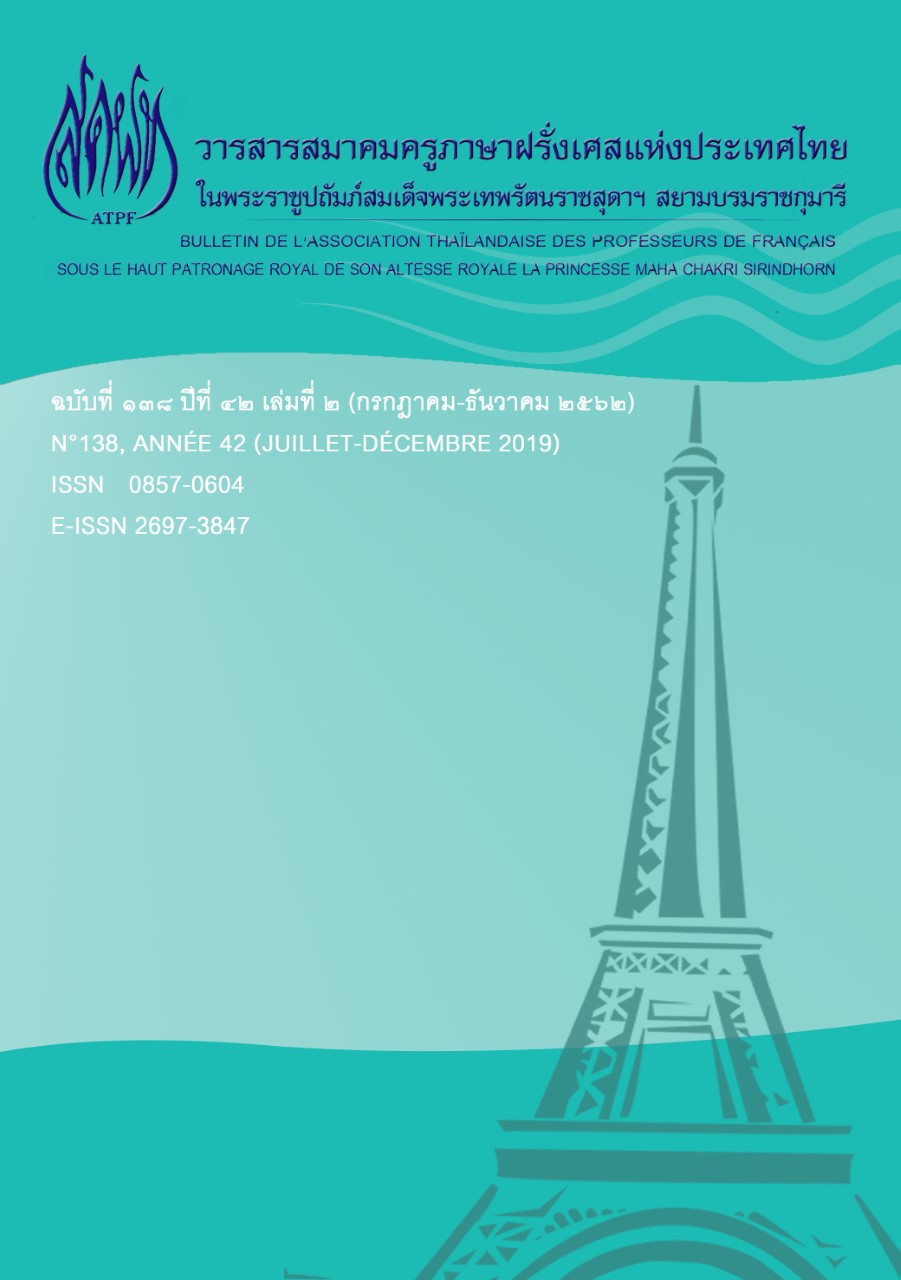Translation Studies in the Eyes of Antoine Berman
Main Article Content
Abstract
According to France’s translation studies, Antoine Berman can be regarded as one of the country’s predominant figures who has elevated translation to the status of a discipline, encompassing knowledge and unique methodology. Berman’s approach is distinct from the translation method in linguistics in that the latter emphasizes the analysis of L1 and L2 transfer. Despite being considered the opposite, Seleskovitch and Lederer’s interpretative theory of translation, one that has been advocated at the École Supérieure d’Interprètes et de Traducteurs (E.S.I.T.) in Paris, is viewed by Berman as based on linguistics, with an emphasis on searching for the equivalent word or expression, unfortunately, taking no account of L1 culture. Berman’s epistemology of translation theory, therefore, stresses the importance of reflecting on and considering the text as a dialog of different cultures, not a process in which the computer automatically performs the function. All in all, the translator can have respect for the L1 culture reflected in the original text, especially the linguistic norm itself. A good translation work can incorporate foreign elements in order to retain the original author’s style and thoughts, thus, leaving us with a rough and hard-to-understand product reflecting the translator and the author coming from different cultures.
Downloads
Article Details
References
สมบัติ พรศิริเจริญพันธ์. (2559). เฮอร์เมนูติกส์: ศาสตร์แห่งการตีความและศิลปะแห่งการเข้าใจ. นนทบุรี: โรงพิมพ์วัชรินทร์ พี.พี.
Arlt, R. (1981). Les sept fous [Los siete locos] (A. Berman, & I. G. Berman, Trans.). Paris: Belfond.
Benjamin, W. (2000). La tâche du traducteur (M. Gandillac, Trans.). In Œuvres 1 (pp. 244-262). Paris: Folio-Gallimard.
Berman, A. (1984). L’épreuve de l’étranger. Culture et traduction dans l’Allemagne romantique. Paris: Gallimard.
______. (1986). L’essence platonicienne de la traduction. Revue d’esthétique, 12, 63-73.
______. (1995a). Pour une critique des traductions : John Donne. Paris : Gallimard.
______. (1995b). Traduction spécialisée et traduction littéraire. In La traduction littéraire, scientifique et technique (pp. 9-15). Paris: La Tilu.
______. (1999). La traduction et la lettre ou l’auberge du lointain. Paris: Éditions du Seuil.
______. (2001). Au début était le traducteur. TTR : traduction, terminologie, rédaction, 14(2), 15-18.
Ballard, M. (Ed.). (2006). Qu’est-ce que la traductologie ?. Arras: Artois Presses Université.
Harris, B. (1998). What I really meant by “Translatology”. TTR : traduction, terminologie, rédaction, 1(2), 91-96.
Levinas, E. (1990). Totalité et infini, essai sur extériorité. Paris: Librairie générale française.
Lévi-Strauss, C. (1958). Anthropologie structurale. Paris: Plon.
Mounin, G. (1963). Les problèmes théoriques de la traduction. Paris: Éditions Gallimard.
Oustinoff, M. (2003). La traduction. Paris: Presses Universitaires de France.
Robinson, D. (1997). What is translation? Centrifugal theories, critical interventions. London: the Kent State University Press.
Schleiermacher, F. (1999). Des différentes méthodes du traduire et autre texte, (A. Berman, & C. Berner, Trans.). Paris : Édition du Seuil.


